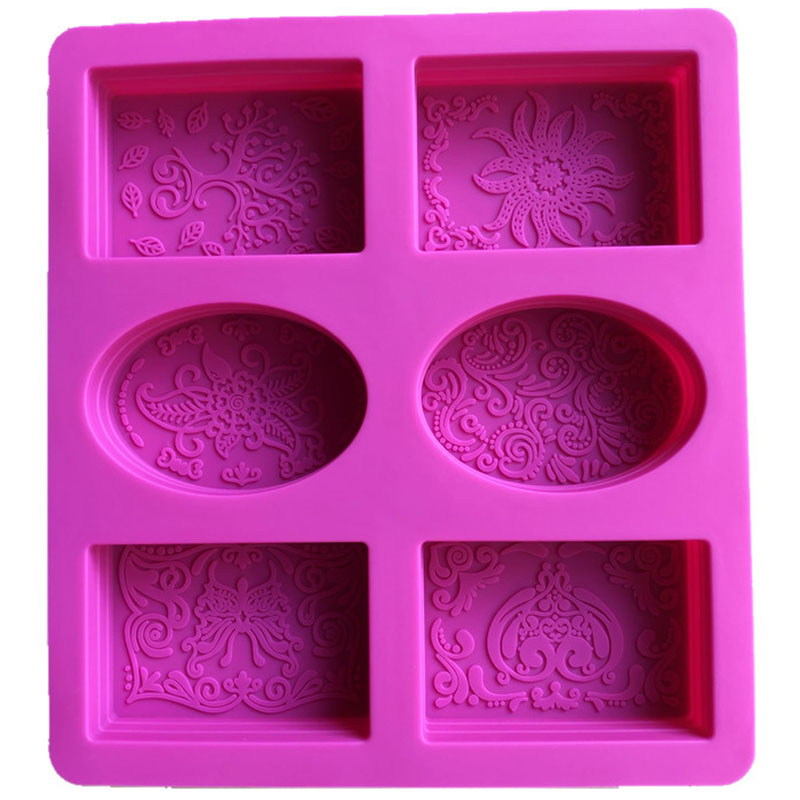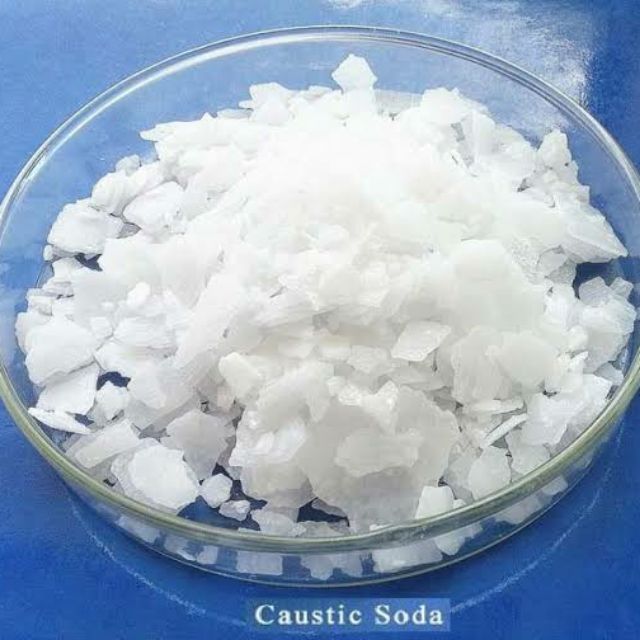Ever wonder what goes into those store-bought soap bars? Take control and create your own luxurious soap using the cold process method! This recipe features virgin coconut oil, a natural cleansing agent that leaves your skin feeling soft and refreshed. It’s a fun and rewarding project, perfect for beginners who want to explore the world of DIY soap making.
Important Note: Cold process soap making involves working with lye (sodium hydroxide NaOH), a strong alkali. “Caustic Soda” is another common name used for “Lye”.
Safety first! Wear gloves, eye protection, and long sleeves when handling lye. It’s also recommended to work in a well-ventilated area. Consider taking a cold process soap making workshop or referring to a comprehensive soap making guide for detailed safety instructions before diving in.
Ready to get started? Here’s what you’ll need:
- Kitchen scale (accurate to 0.1 grams)
- Safety gear: Goggles, gloves, long sleeves
- Well-ventilated workspace
- Stick blender
- Heatproof glass container
- Digital thermometer
- Silicone mold (for soap)
- Sharp knife or soap cutter (optional)
Ingredients to make 100g (Approximately) of Soap:
- 60g Virgin coconut oil
- 24g Distilled water (Roughly you can use water weight as equal to 40% weight of the oil)
- 10g Sodium hydroxide (Also known as “Lye” or “Caustic Soda”)
Let’s get sudsy!
- Safety First! Put on your safety gear and ensure your workspace is well-ventilated.
- Lye Solution: Carefully measure your distilled water into the heatproof glass container. Slowly add the lye to the water while stirring constantly with a non-metallic spoon. The mixture will heat up to water boiling temperature and steam would rise – be patient and stir until the lye is completely dissolved. The lye solution should reach around 100°F (38°C).
- Oil Prep: While the lye solution cools, weigh out your virgin coconut oil (if virgin coconut oil is at a white solid state in cold temperature) melt it gently in a separate heatproof container on low heat. You want the oil to also reach around 100°F (38°C).
- Ready, Set, Blend!: Once both the lye solution and oil are at the desired temperature, slowly drizzle the lye solution into the oil while blending continuously with your stick blender. It will take some time for the mixture to thicken – keep blending until it reaches “trace,” a consistency similar to pudding. You can test trace by drizzling a bit of the mixture on the surface. If it leaves a faint trail that holds its shape for a few seconds, you’re there!
- Molding Magic: Quickly pour the soap batter into your prepared silicone mold. The mixture will continue to heat up as it goes through a chemical reaction called saponification. You may see some bubbles forming on the surface – a light tapping on the mold can help release them.
- Curing Time: Cover the mold with insulation (like a towel or cardboard box) to help retain heat. Let the soap cure in a cool, dry place for at least 24-48 hours. The soap will harden and become less lye-heavy during this time.
- Unmold & Enjoy!: After curing, carefully remove the soap from the mold and cut it into bars using a sharp knife or soap cutter. Let the soap bars cure for another 4-6 weeks before use. This allows for complete saponification and ensures a milder, longer-lasting bar.
Top Tips:
- Research is key! Before starting, familiarize yourself with cold process soap making safety procedures and best practices.
- Accurate measurements are crucial. Use a digital scale for precise measurements of your lye and oil.
- Start small! This recipe makes a single batch of soap. Once you get comfortable, experiment with different oils, fragrances, and color additives to create unique soap bars.
With a little patience and this recipe, you can create your own luxurious virgin coconut oil soap! It’s a fun and rewarding project that lets you control the ingredients and unleash your creativity. So grab your supplies, embrace the science, and get ready to craft some clean!



